Intel's latest CPUs run so hot that delidding has become common — EKWB introduces world's first AIO liquid cooler designed for delidded CPUs
EK's new AIO reduces the barrier-to-entry for delidded cooling
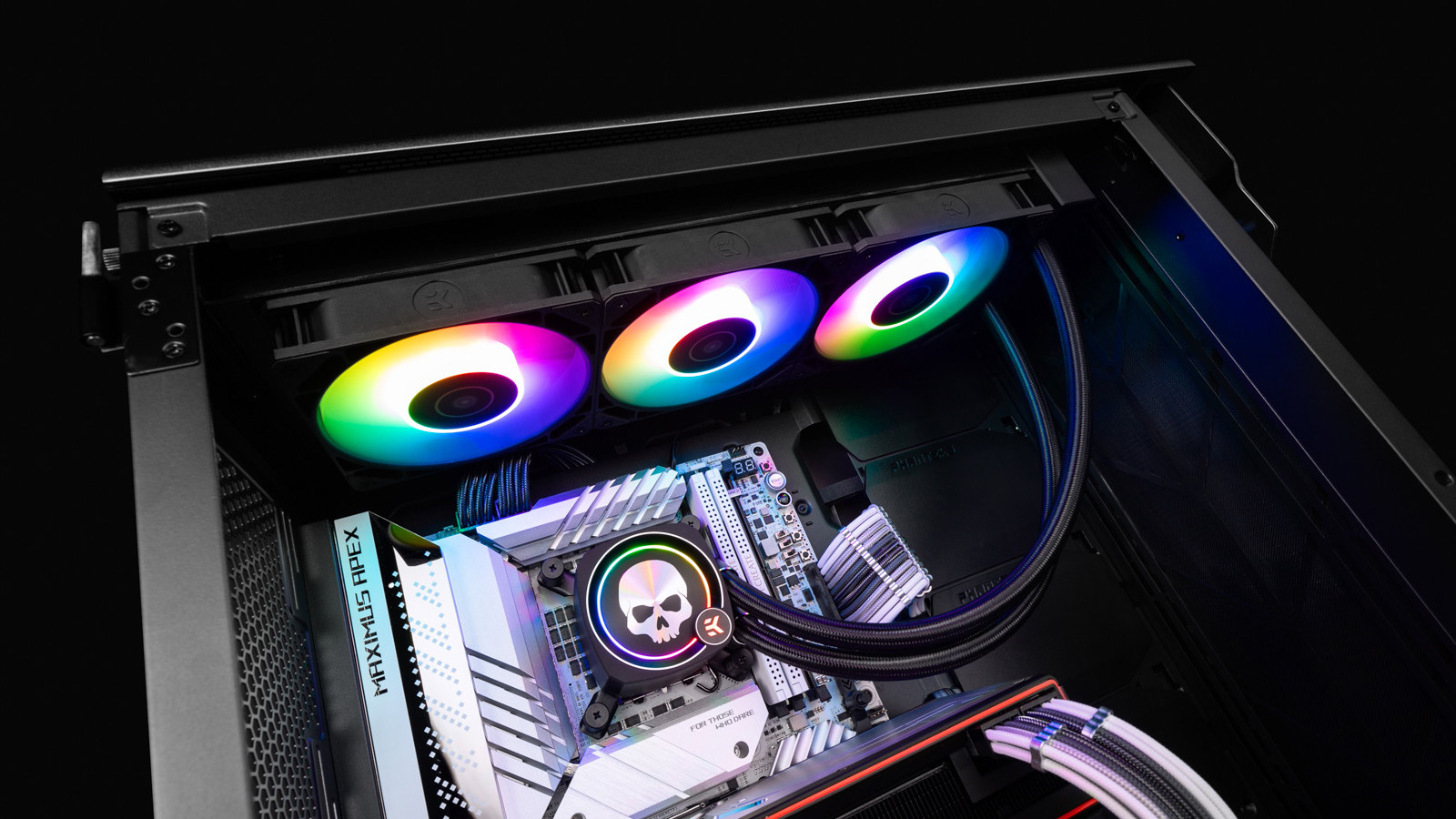
Thanks to the rise of sky-high modern-day CPU power consumption, EKWB has built the world's first All-In-One liquid cooler tailored specifically for delidded Intel 12th,13th, and 14th Gen CPUs. EK says the new cooler was inspired by the huge surge of PC users delidding their CPUs to enhance performance. The company has also redesigned its direct-die AMD and Intel waterblocks for custom loops and is offering free replacement parts for its existing lineup to improve performance. The company is also offering a 15% discount on the newer models for impacted customers, which we'll cover a bit further below.
The AIO, known as the EK-Nucleus CR360, is a 360mm AIO designed only for delidded LGA 1700 Intel CPUs. The contact plate on the bottom of the pump block has been modified to support delidded CPUs featuring a large indent in the middle to cool the CPU die. The cooler comes with three EK 120mm RGB illuminated fans, an RGB-illuminated pump block, and sleeved cables.
EKWB's new AIO lowers the entry barrier for direct die CPU cooling massively. Its price is only $183.99, which is a lot cheaper than most custom loops, even ones that only factor in the CPU. An All-In-One solution is also substantially simpler to install since the entire system is put together as one whole unit. With custom loops, you have to build your setup from the ground up and fill up the system manually with coolant — which can potentially lead to a coolant leak for new builders.
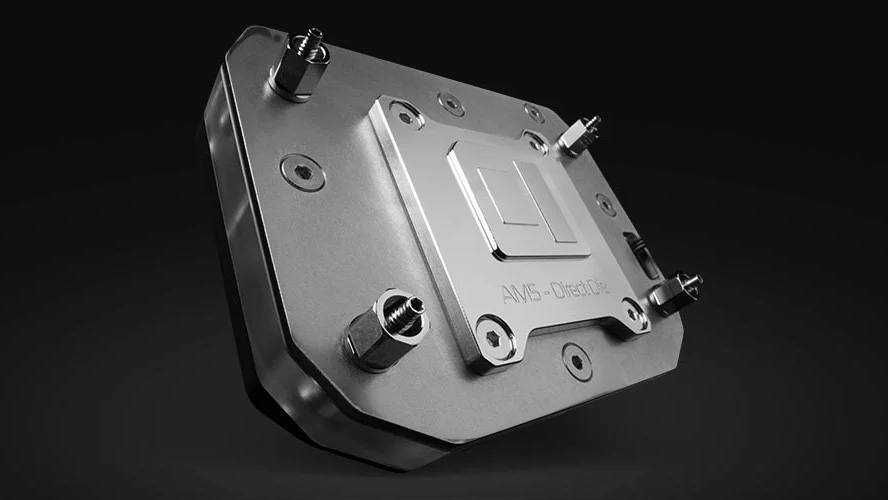
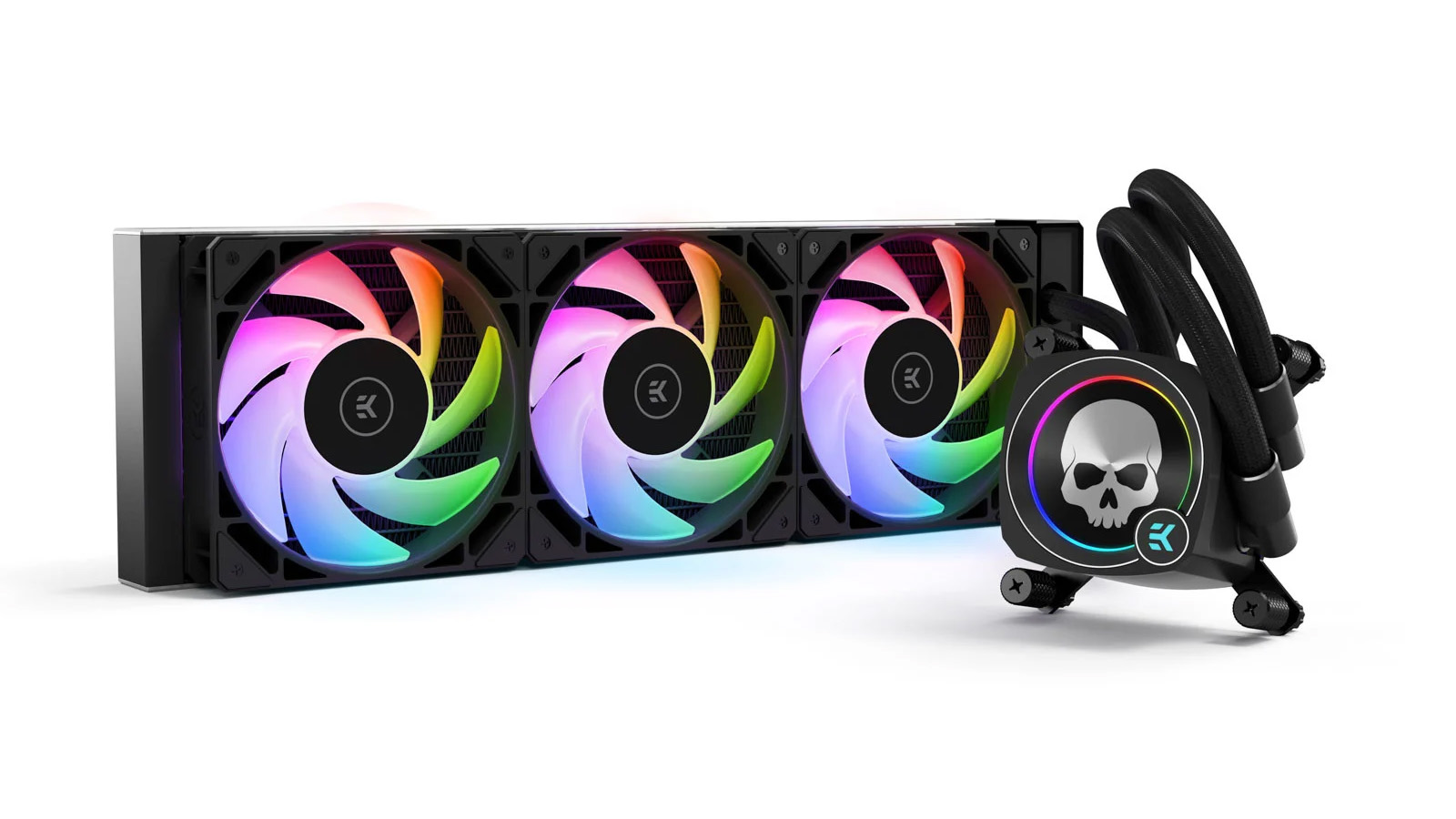
EK revealed an interesting tidbit: Apparently, many people are delidding their LGA 1700 CPUs, so much so that EK built its new AIO around delidding based on this fact alone.
There are a lot of good reasons to delid Intel's latest hybrid CPUs. Chips like the i9-13900K, 14900K, i7-13700K, and 14700K consume an impressive amount of power consumption on their own, which translates into sky-high thermals. In our review of the i9-14900K, we found that it can pump out well above 300W in some heavy multi-threaded workloads. Intel's boosting algorithm is similar to AMD where it will utilize as much temperature headroom as possible before clocking down, which means these CPUs love to run hot even on the best coolers available.
Delidding CPUs like the i9-14900K can drastically reduce temperatures, boosting performance and adding overclocking headroom. Overclocking wizard Der8auer delidded a 14900K and found he gained 12C of headroom, bringing the chip's thermals down from 93.1C to 83.2C (yep, even with a delid, the chip still runs in the low 80s).
New Direct-Die EKWB Water Blocks
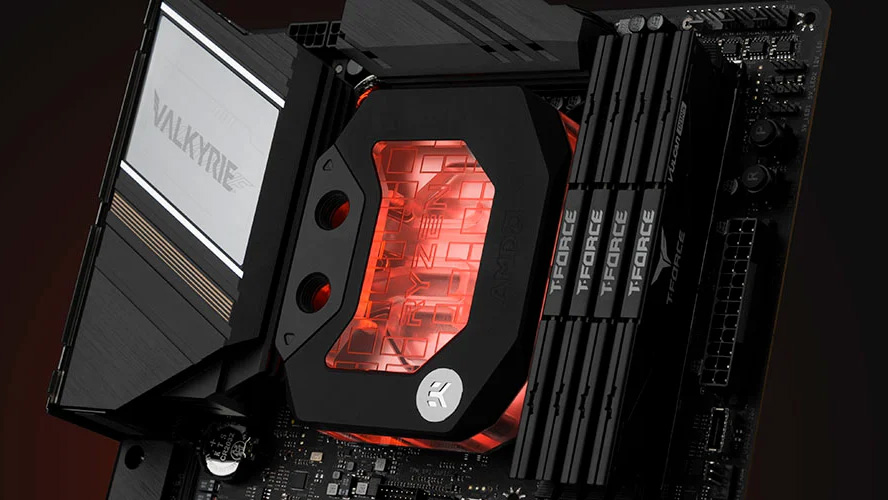
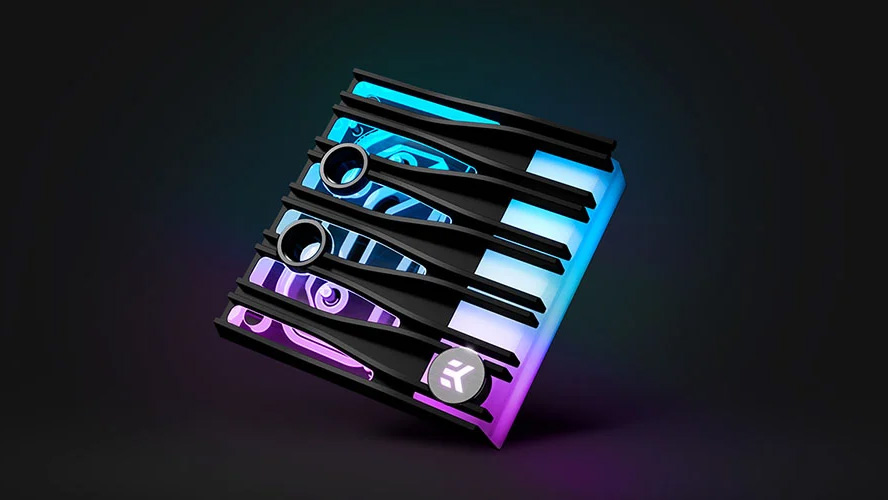
EKWB also unveiled several new direct-die CPU water blocks for both Intel and AMD processors. The AMD version mentioned is a new product that was designed specifically to improve the installation experience. "Unlike other solutions that require modifying an existing cold plate, this water block features a cold plate specifically designed for delidded AM5 Ryzen 7000 Series CPUs."
Get Tom's Hardware's best news and in-depth reviews, straight to your inbox.
Cooling-wise, EKWB also did work to improve performance over previous designs. The new AMD water block reportedly features a fin structure that has been adjusted to direct 100% of the coolant flow over a Ryzen CPU's chiplets.
The Intel water block is a brand new water block built from the ground up just for delidded Intel chips. The biggest selling point is that it shares none of the parts from EKWB's previous Intel direct die water block that was released a year ago. "It includes a purpose-developed cold plate, cooling fin structure, and mounting mechanism. To ensure optimal contact with the CPU, it relies on standoffs positioned at the four corners of the water block, eliminating concerns about applying too much or too little pressure on the bare CPU die, just like the AM5 Direct Die water block does."
EK says that its original custom direct-die CPU waterblocks didn't live up to expectations, so it's providing free replacement parts plus a discount on newer models. Here's what the company has to say on the matter:
"EK understands that the LGA1700 Velocity² Direct Die product didn’t meet everyone’s expectations, as was recorded in some of the feedback and sentiment of the PC enthusiast community.
For customers dissatisfied with their purchase of the Velocity² Direct Die, we offer the option of sending replacement cold plates and die guards free of charge. If these replacement parts don’t resolve the issue, customers can request a full refund for the water block.
To show love and support for the first adopters of the EK-Quantum Velocity² Direct Die water block, every owner of said water block is eligible for a 15% discount on the upcoming Velocity² Direct Die Core Edition water block and the Velocity² Direct Die AMD Ryzen Edition. These editions have been redesigned to improve mounting consistency and thermal performance while maintaining CPU die safety."
Impacted customers can find more details here.

Aaron Klotz is a contributing writer for Tom’s Hardware, covering news related to computer hardware such as CPUs, and graphics cards.
-
hotaru251 it is funny how Intel has the thermal issues when AM5 was designed to run at 95c basically forever.Reply
Intel really needs to stop thinking more voltage is the answer ;/ -
ingtar33 14th gen is basically just an overclocked 13th gen, which was an overclocked 12th gen.Reply -
TerryLaze Reply
This isn't about a thermal issue, it's about the CPU having clock headroom when you can deal with a lot of power/heat.hotaru251 said:it is funny how Intel has the thermal issues when AM5 was designed to run at 95c basically forever.
Intel really needs to stop thinking more voltage is the answer ;/
Extreme overlockers don't want to thermal throttle, and intel at 100 and amd at 95 thermal throttle, the only difference is that intel has headroom to be pushed higher while ryzen not so much. -
PEnns Reply
I doubt Intel designed those CPUs with overclockers in mind to begin with.TerryLaze said:This isn't about a thermal issue, it's about the CPU having clock headroom when you can deal with a lot of power/heat.
Extreme overlockers don't want to thermal throttle, and intel at 100 and amd at 95 thermal throttle, the only difference is that intel has headroom to be pushed higher while ryzen not so much.
I doubt Intel loses any sleep at night worrying over a tiny percentage of its clients, extreme overclockers or whoever. -
TerryLaze Reply
Of course they don't, intel designed them for 125/150W TDP with a max of 320W for the KS model....PEnns said:I doubt Intel designed those CPUs with overclockers in mind to begin with.
I doubt Intel loses any sleep at night worrying over a tiny percentage of its clients, extreme overclockers or whoever.
but the CPUs can handle a lot more than that and some people want to get there and that's why others have to do the delidding and/or direct die cooling. -
hotaru251 ReplyTerryLaze said:This isn't about a thermal issue,
yes its a thermal issue becasue intel tosses insane voltage to hit that crazy high speed. intel voltages are crazy as you gain so little for the scary amount of voltage extra.TerryLaze said:the only difference is that intel has headroom to be pushed higher while ryzen not so much.
Theres a point where no matter the cooling the voltage is goign to generate heat faster than it can be cooled. -
Johnpombrio One of the reasons why my last three Intel CPUs were i7 instead of i9. Air cooling works and is quiet. No overclock ether, just not worth the bother any longer as the CPUs are already factory overclocked.Reply -
TerryLaze Reply
Those are not intel voltages, they are mobo voltages.hotaru251 said:yes its a thermal issue becasue intel tosses insane voltage to hit that crazy high speed. intel voltages are crazy as you gain so little for the scary amount of voltage extra.
Theres a point where no matter the cooling the voltage is goign to generate heat faster than it can be cooled.
Just because they don't cause the CPUs to explode, like they do on amd, so intel has no reason to do anything about them, doesn't mean that they are intel voltages. -
mac_angel not so sure about "common". The tools for it aren't very easy to find; at least not in Canada.Reply -
jp7189 Reply
Yes, but then what is the answer for Intel to stay competitive with AMD? Voltage is all they right now.hotaru251 said:it is funny how Intel has the thermal issues when AM5 was designed to run at 95c basically forever.
Intel really needs to stop thinking more voltage is the answer ;/